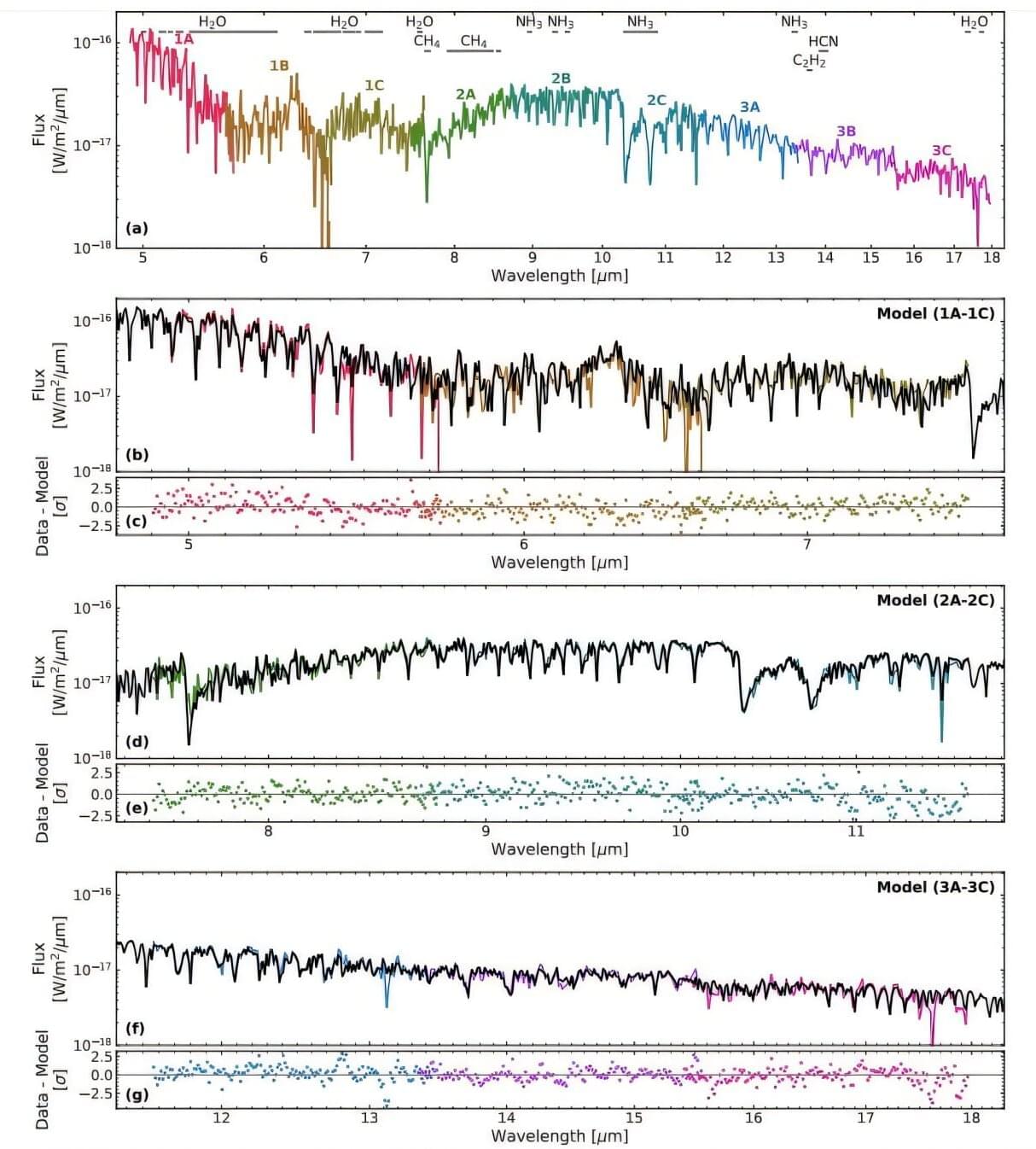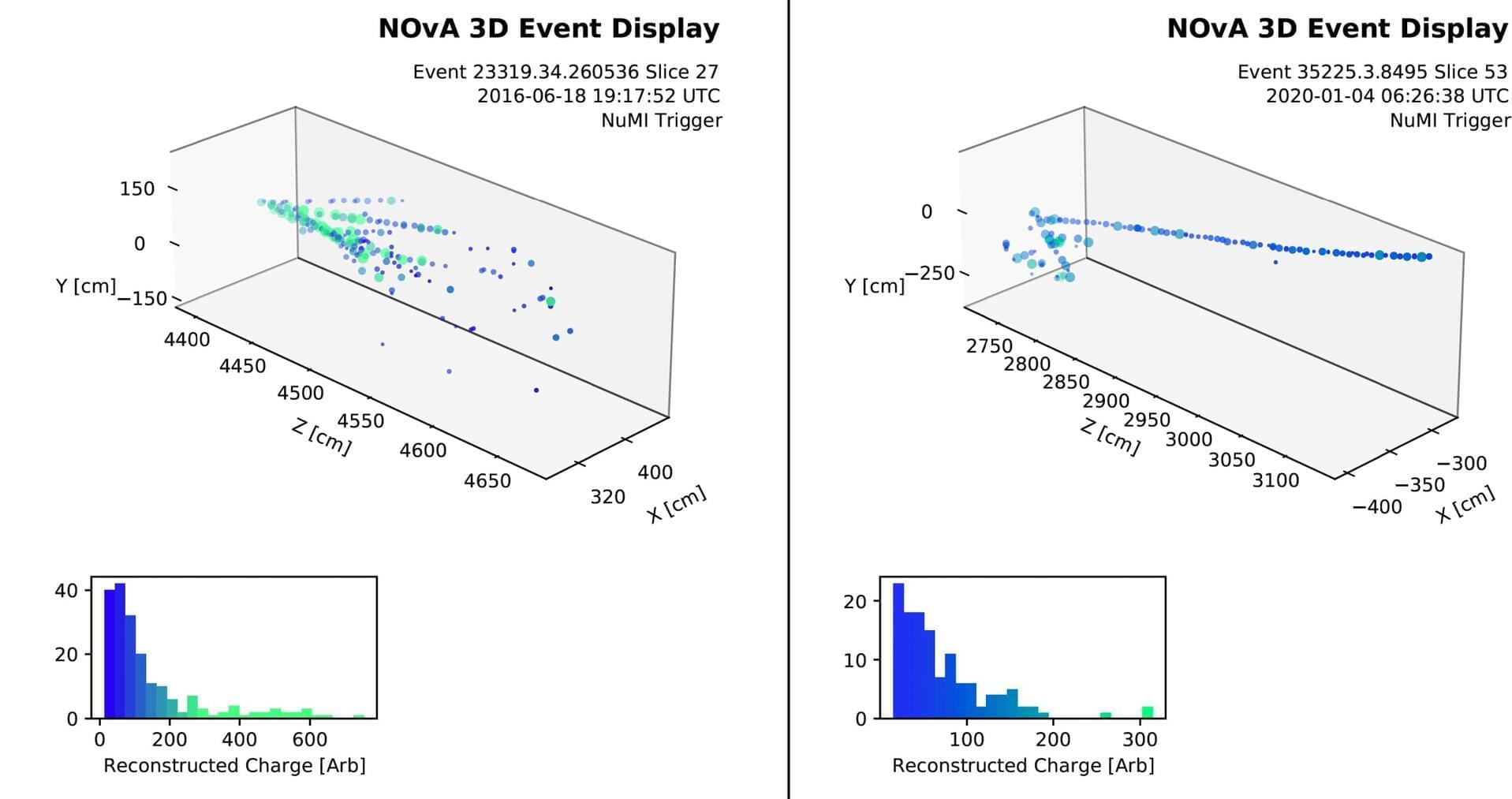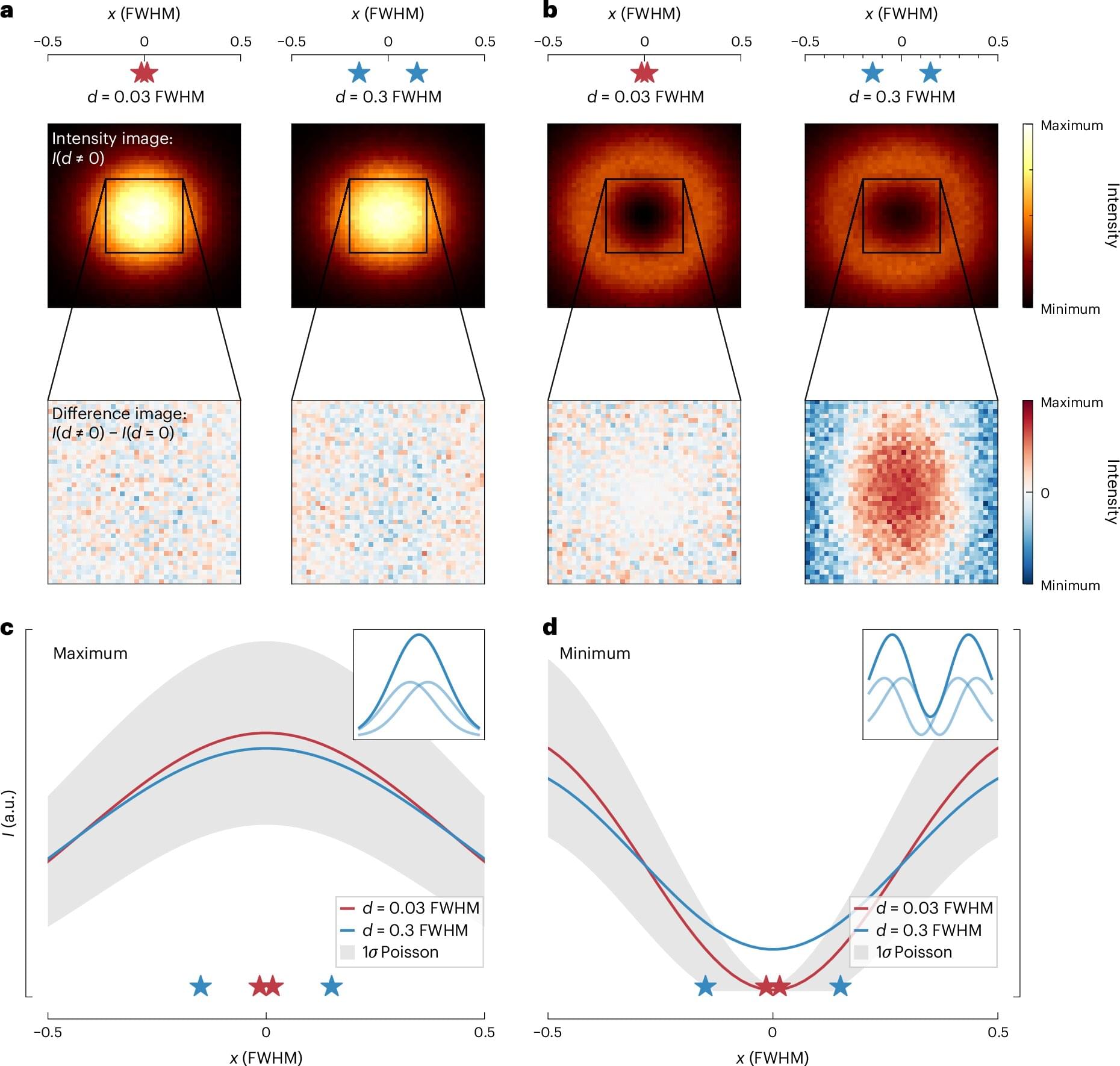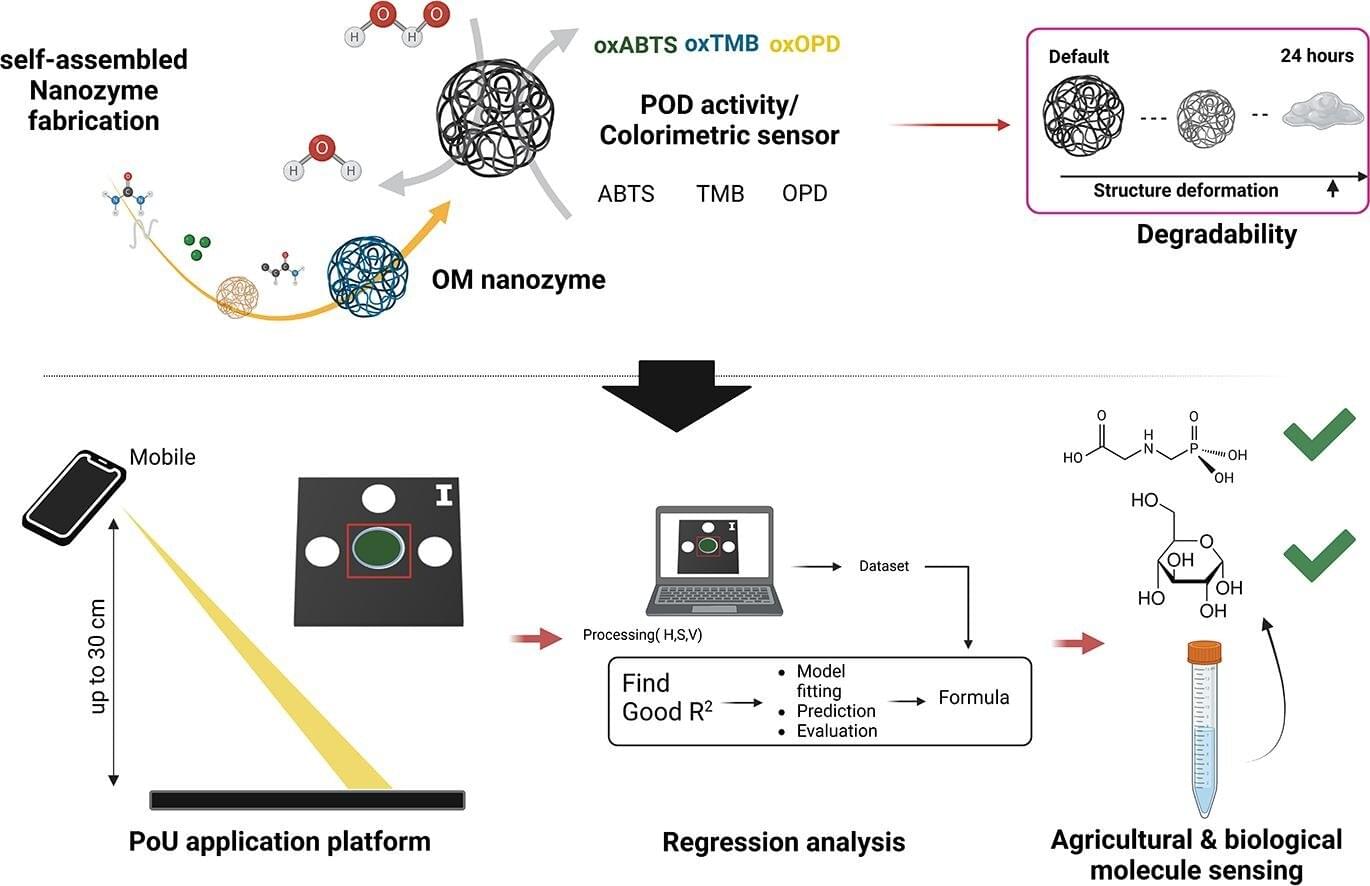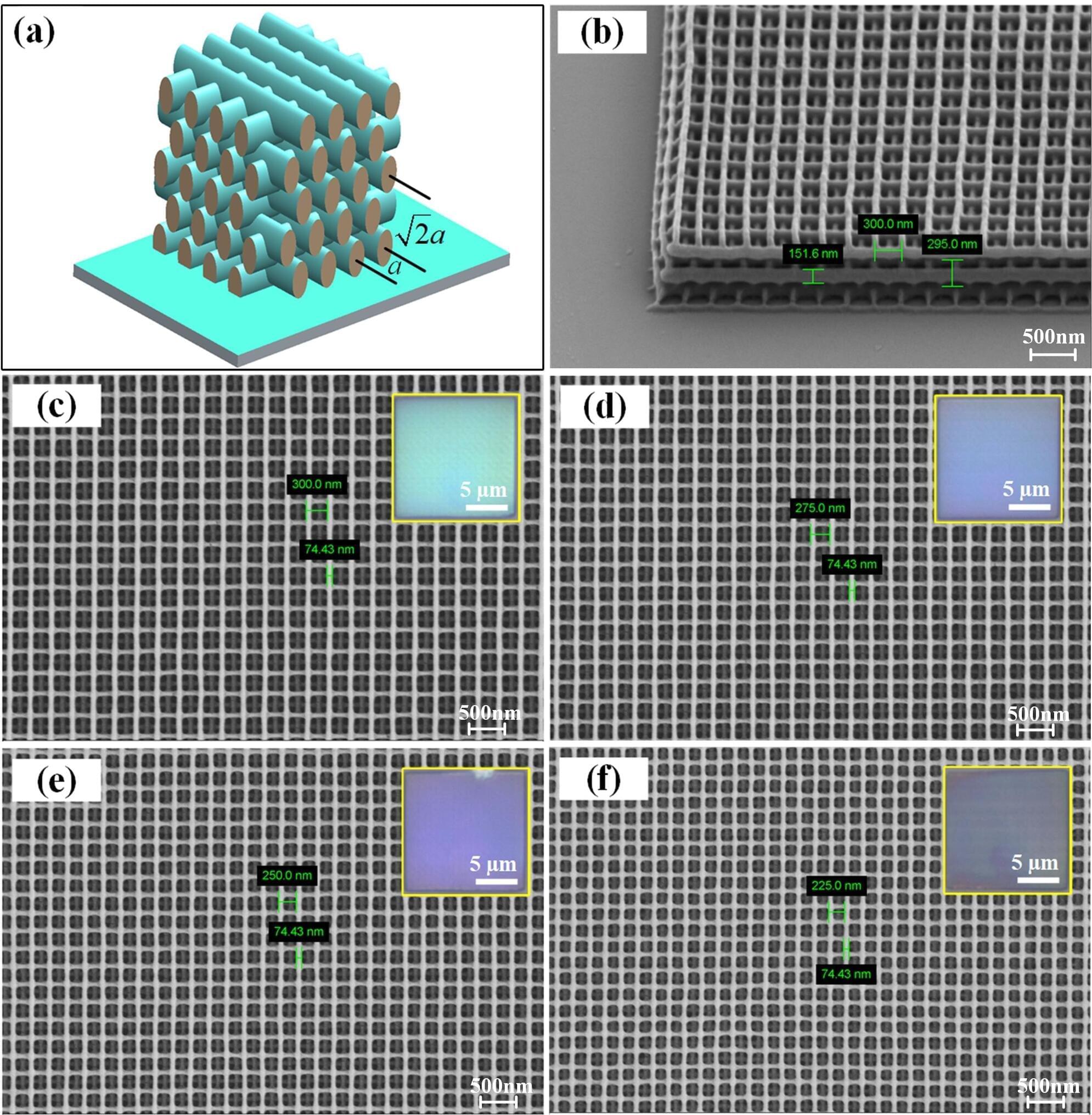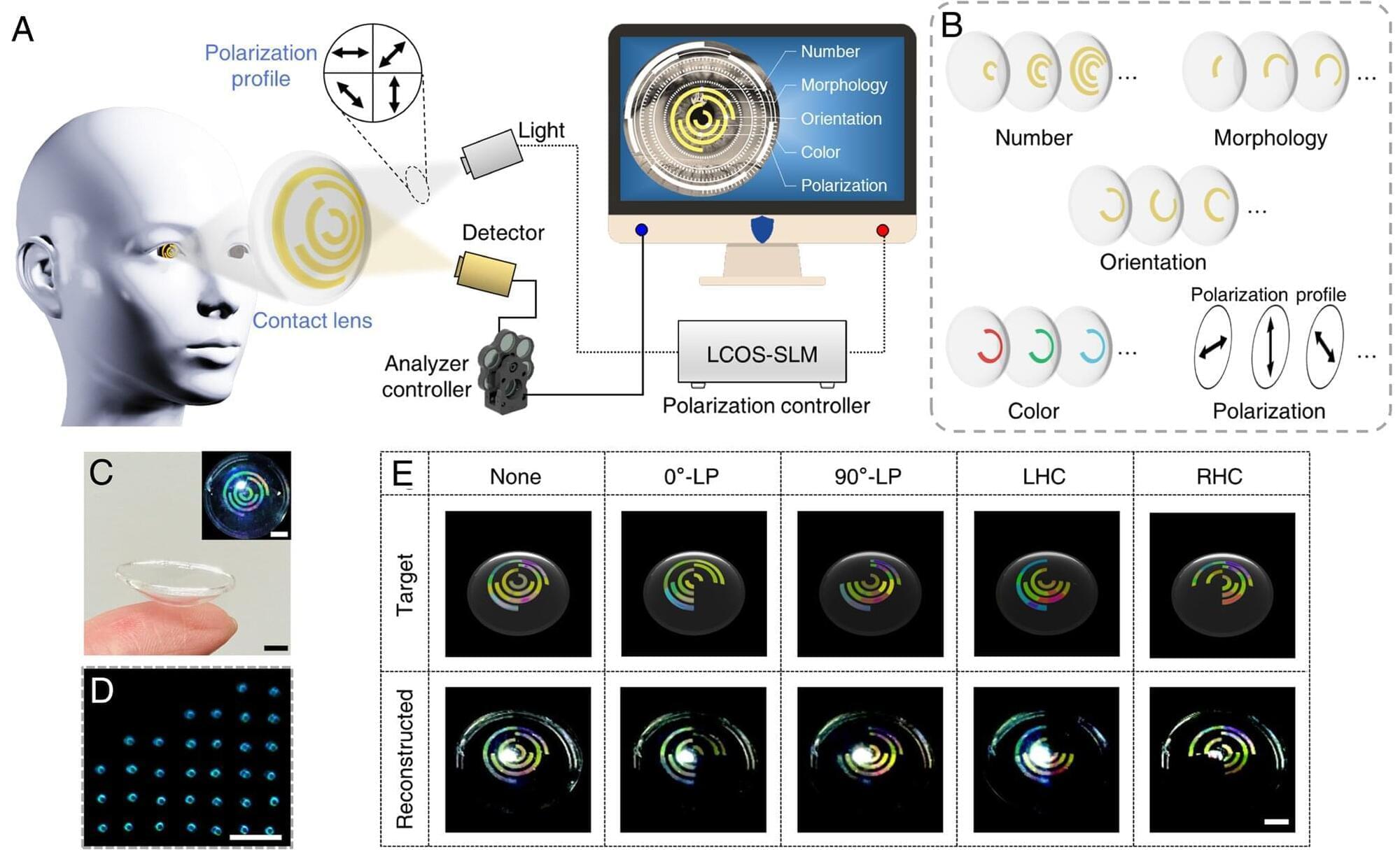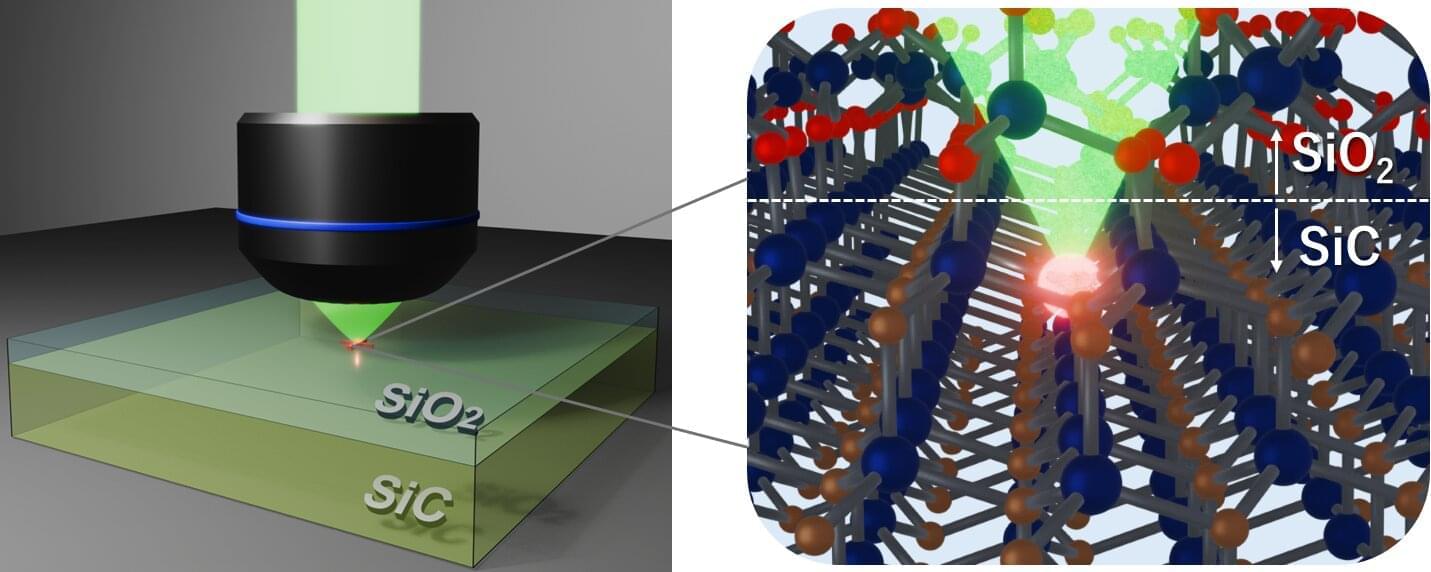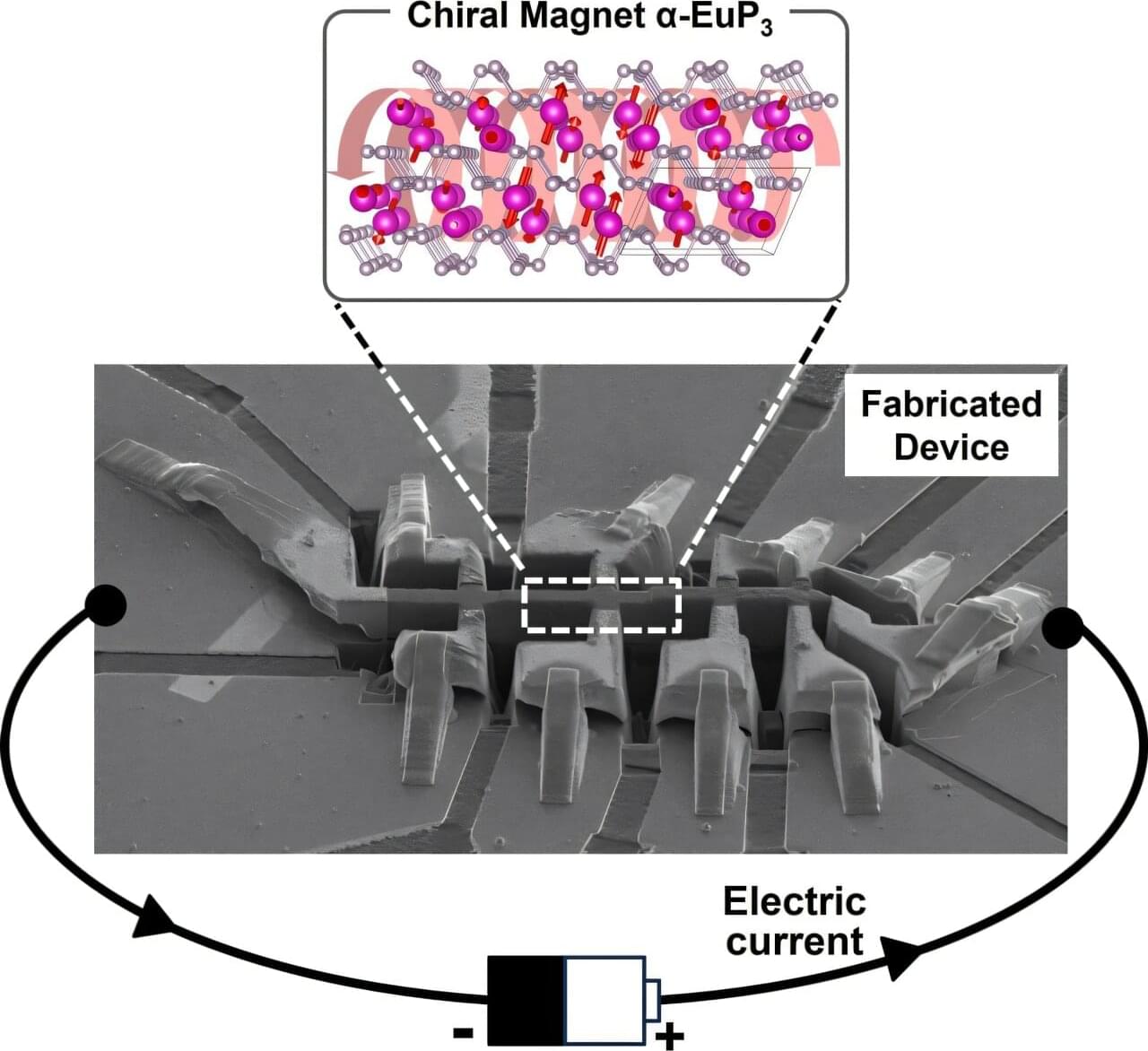Using the James Webb Space Telescope (JWST), an international team of astronomers has explored the atmosphere of a nearby brown dwarf binary designated WISE J045853.90+643451.9. As a result, they detected hydrogen cyanide and acetylene in the atmosphere of this binary, marking the first time these two species have been identified in the atmosphere of a brown dwarf. The finding was reported Feb. 19 on the arXiv pre-print server.
Brown dwarfs are intermediate objects between planets and stars. Astronomers generally agree that they are substellar objects occupying the mass range between 13 and 80 Jupiter masses. One subclass of brown dwarfs (with effective temperatures between 500 and 1,500 K) is known as T-dwarfs, and represents the coolest and least luminous substellar objects so far detected.
Located just 30.1 light years away, WISE J045853.90+643451.9 (or WISE-0458) is a binary composed of two T-dwarfs of spectral type T8.5 and T9, with effective temperatures of 600 and 500 K, respectively. The pair has a semi-major axis of approximately 5.0 AU.
